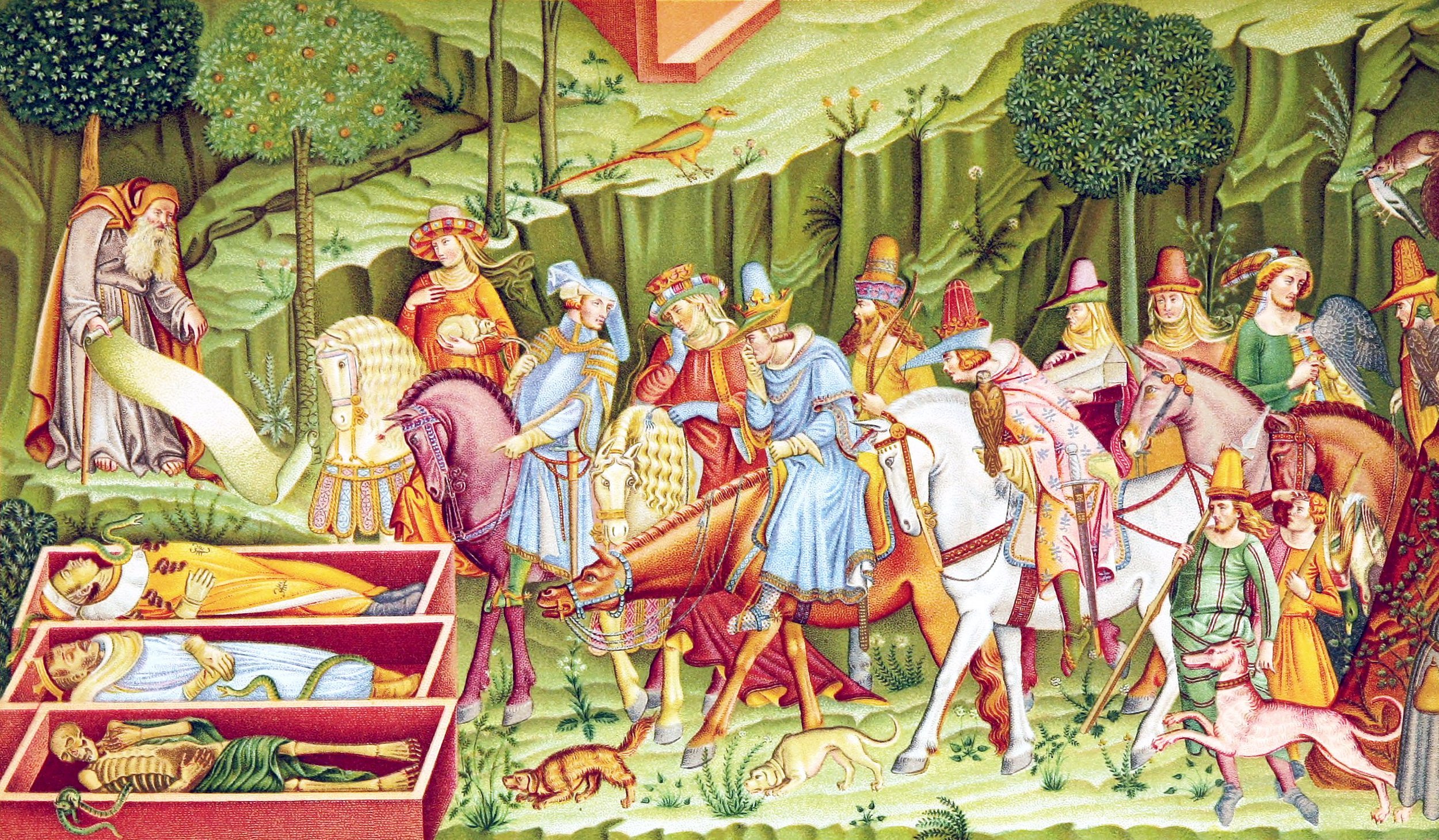
Bubonic Plague/Black Death
The Black Death was a combination of two related diseases. The first disease is called bubonic plague, and it was carried by fleas traveling on the back of black rats. The second disease is called pneumonic plague, and it was spread by contact with a person who already has the disease. At the time of the Black Death, rats infested grain ships traded grain all over Europe and the Mediterranean Sea.
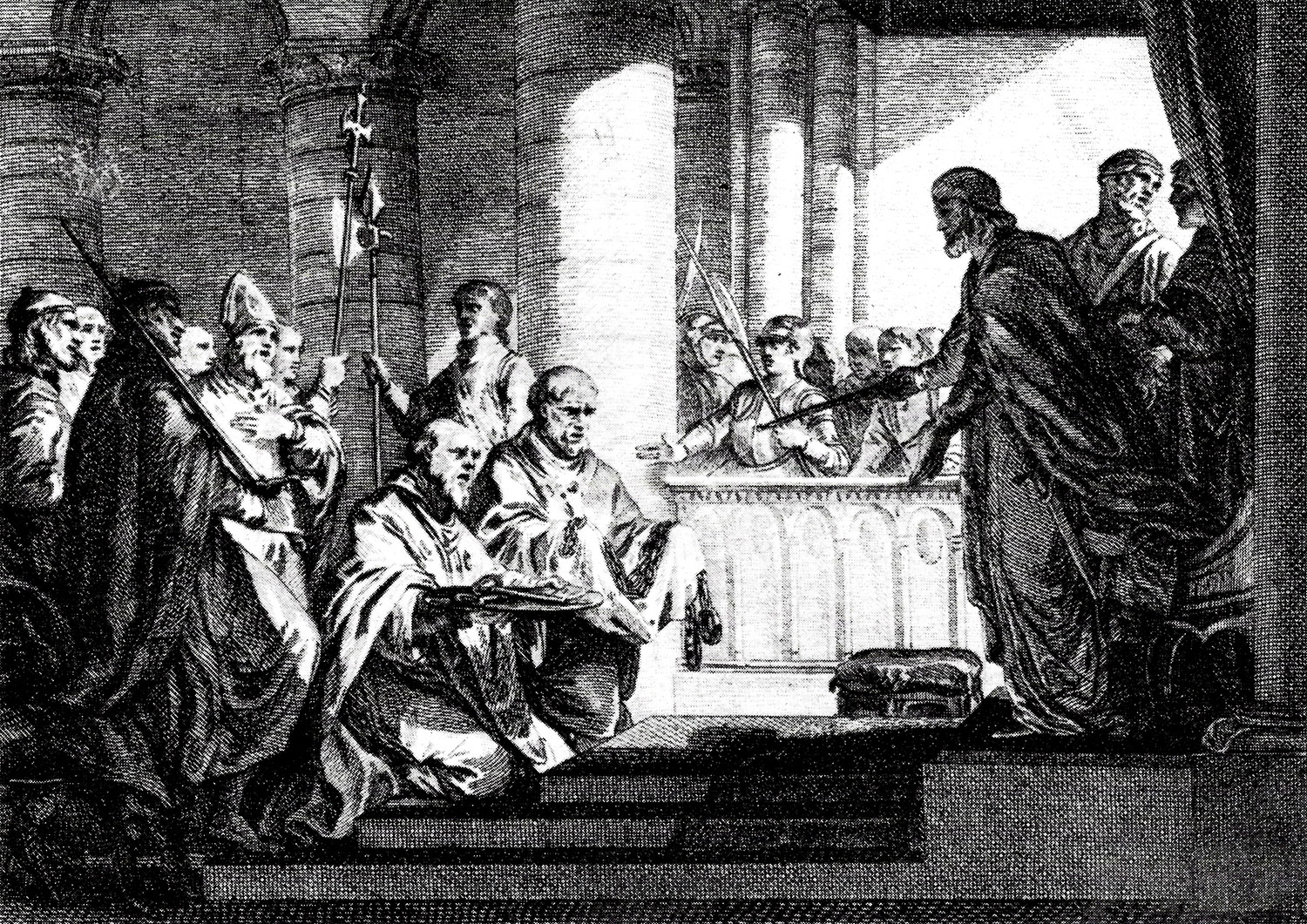
Carolingians and the Papacy
During the 7th century, many landowning aristocratic families attempted to achieve supremacy in Austrasia (France, Germany, Belgium, Luxenbourg, Netherlands). However, one family, known as the Carolingians would eliminate or assimilate rival families until they alone were the rulers. In 714, Charles Martel, a Carolingian, became the ruler of the Franks (France, Belgium, and Germany). Then in 732, he faced the Muslims in the Battle of Tours.
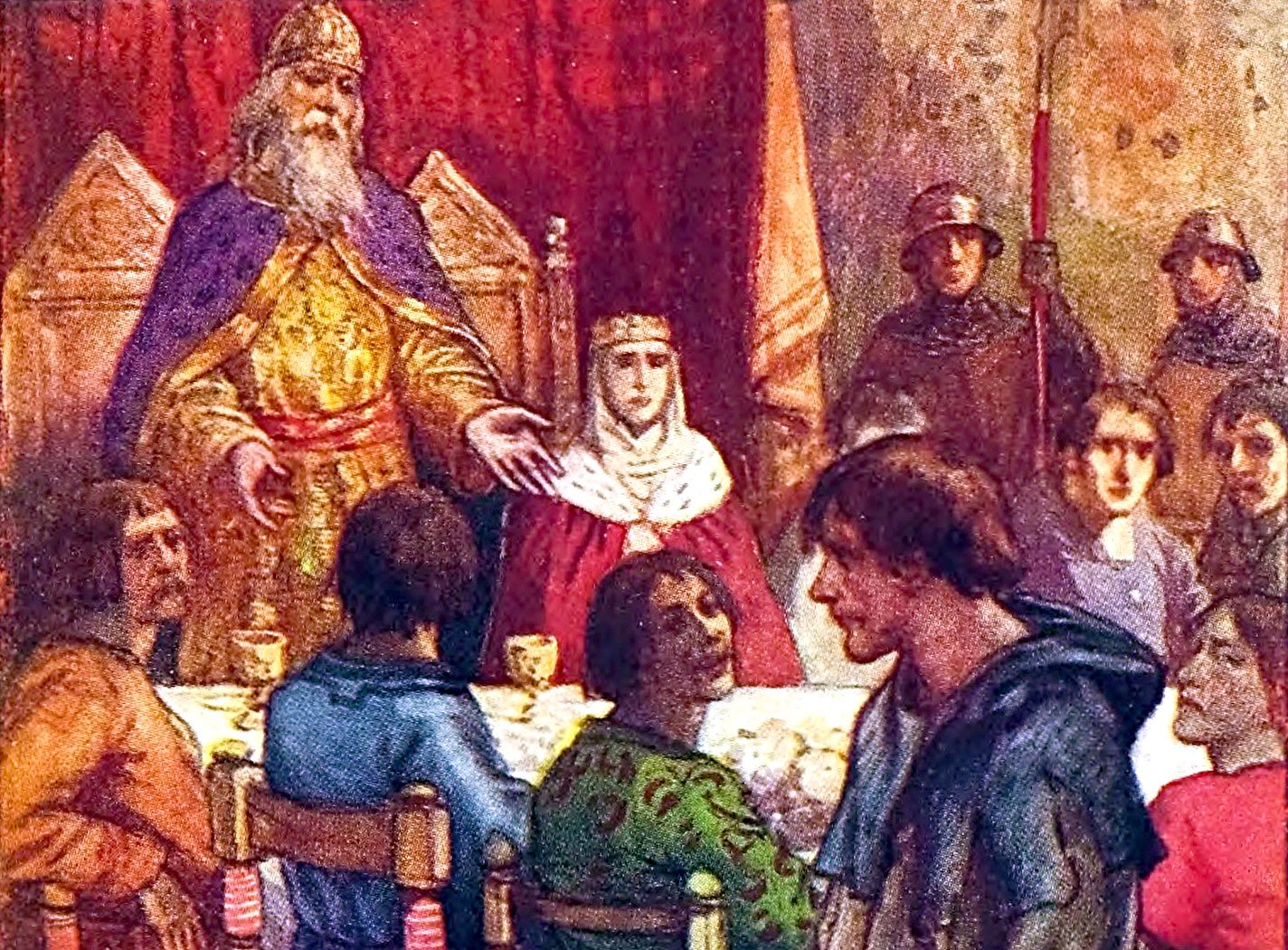
Charlemagne
Charlemagne (Charles the Great) was born in 742 AD to Bertrada of Laon (Bigfoot Bertha), and King Pepin the Short. Pepin was the first of the Carolingian dynasty to become king of the area we now call France. Very little is known about Charlemagne's childhood. However, we do known that he had a great aptitude for languages. He was known to converse in German, Latin, and Greek. Good fortune would strike the Carolingians in 751 AD, when the papacy(popes office) chose their family over the Merovingian family to lead the Franks(France). As a result, they became the most powerful family in all of Western Europe.

Crusades
During the Middle Ages, Christians expressed their faith by making pilgrimages to the Holy Land where Jesus had once lived. This area which was once called Palestine, is now known as the country of Israel. Christian pilgrims were especially interested in visiting the sites mentioned in the New Testament. Primarily, they were interested in visiting the Sea of Galilee, and the site where Jesus was laid to rest after the crucifixion. Up until the 11th century access to these locations was not a problem, and the Muslim governors that controlled area were happy to have the pilgrims. However, things would soon end when a group known as the Seljuk Turks invaded the Holy Land. They would no longer welcome the Christians. In 1071, things heated up when the Seljuk Turks defeated the Byzantine army at the Battle of Manzikert. Then just a short time later, the rebel Seljuk Turks set their sites on the Byzantine capital of Constantinople. At this time, desperate appeals went out to the Catholic Pope and the West to come to their aid.
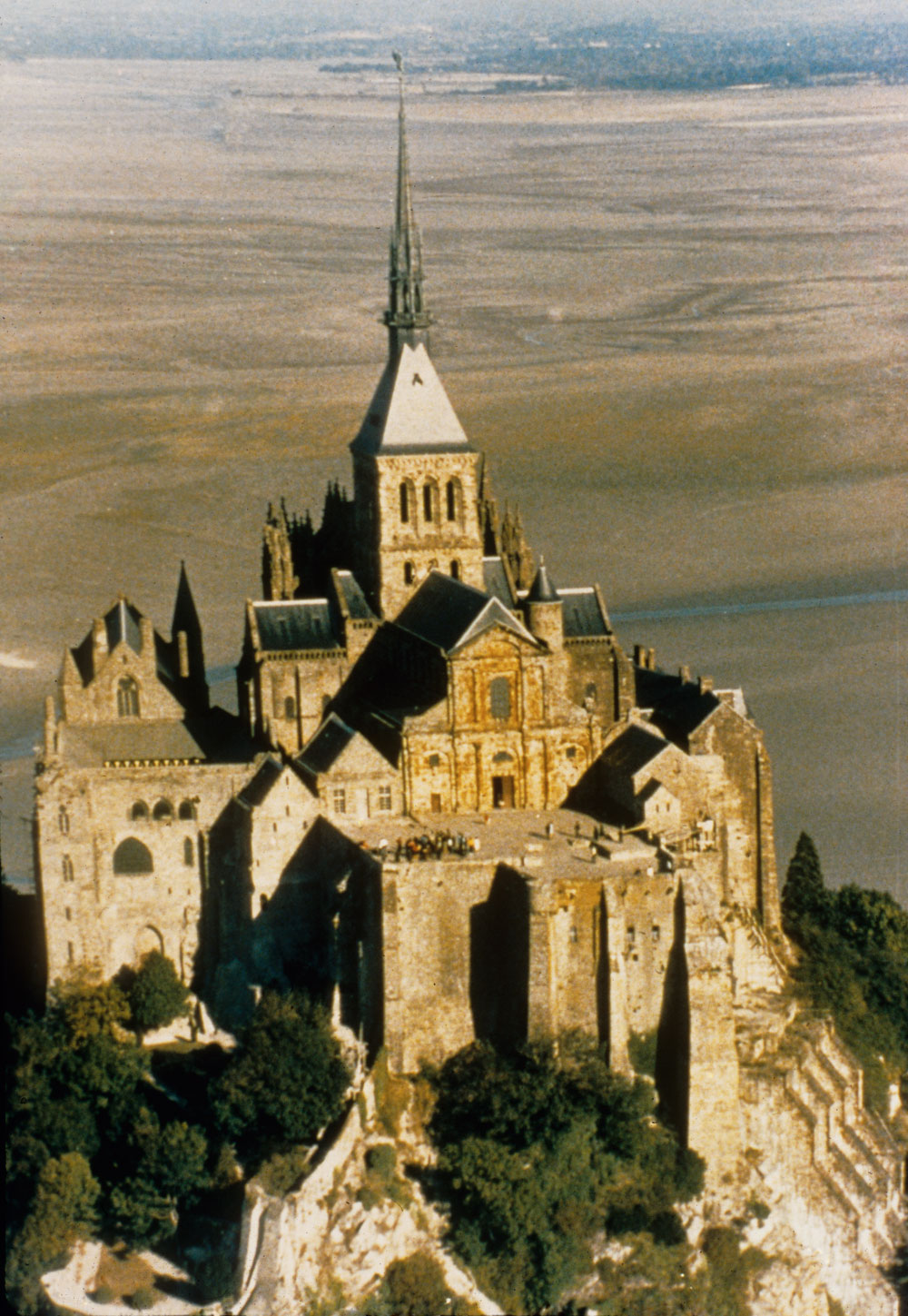
Feudalism
In 1066, at the Battle of Hastings, William the Conqueror, the Duke of Normandy, defeated the Saxons. For the first time, his kingdom spanned both sides of the English Channel. He controlled both England and France. As a security measure, he constructed more than 500 castles. These castles provided strongholds for defensive purposes. At the same time, the castles changed the character of the aristocracy by giving the more powerful families a center of power. Almost always the building of the castle was followed by the building of a village for the local people.
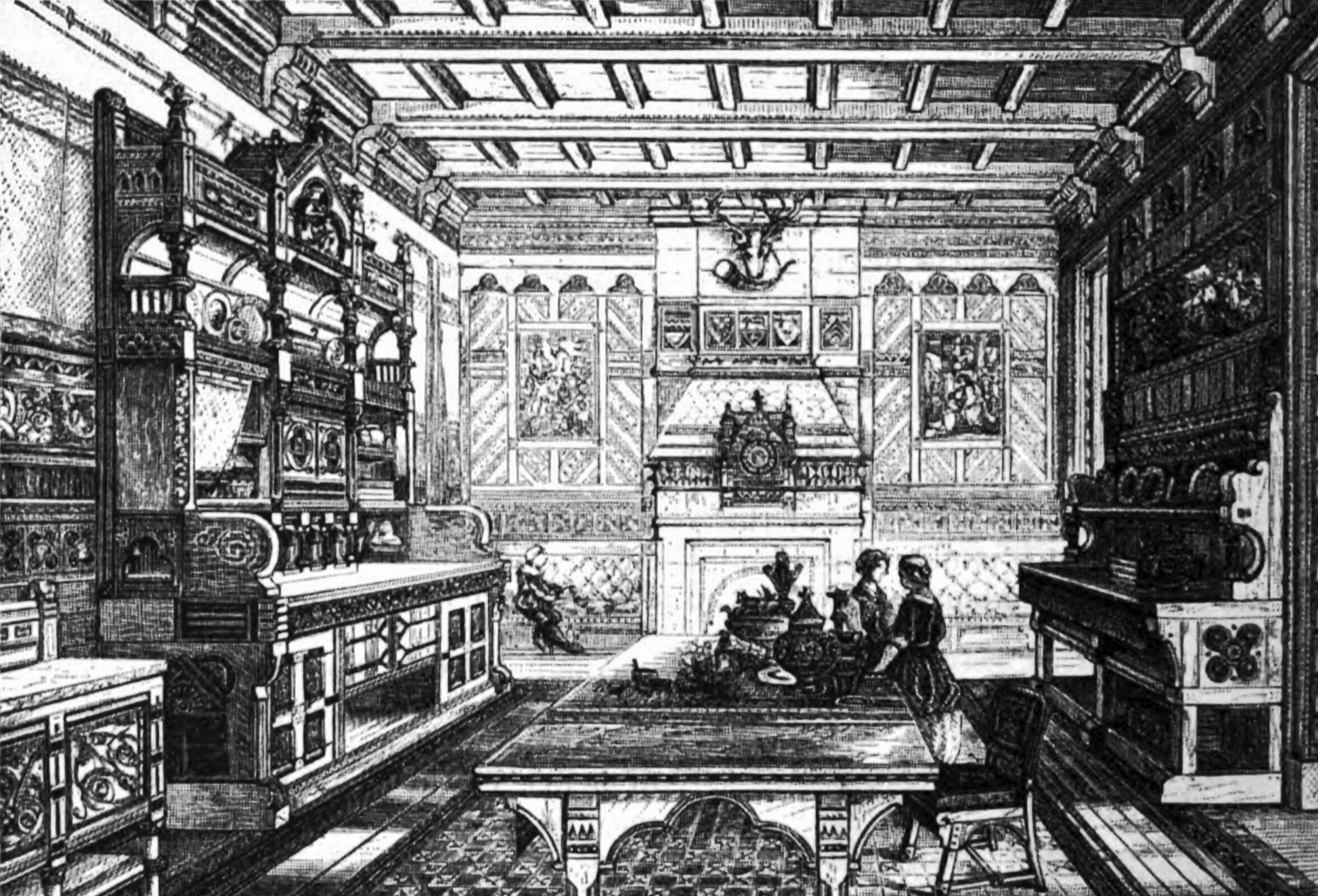
Gothic Architecture
At first the cathedrals were built in the same fashion as earlier Greek and Roman temples. This style, which is called Romanesque, had thick stone walls, rounded arches, and narrow openings for light. In the 1200's, Romanesque architecture was replaced by Gothic architecture. One of the very first Gothic structures was the Church of St. Denis, which was constructed near Paris. It took ten years to complete. By the time it was completed, Gothic cathedrals were under construction in England, Germany, as well as in France.

High Middles Ages
After the collapse of the Roman Empire, life in Western Europe was nothing more than a series of wars, food shortages, and disease epidemics. Then, around 1000, things started to get better. Suddenly, there were fewer conflicts and invasions. The result was that there was greater stability. Then, more luck occurred when between 1000 and 1400 there were no serious disease outbreaks. Then, weather patterns changed. Milder winters and warmer summers brought about an increase in agriculture production. Old towns were now being invigorated, and new major centers of commerce were emerging.
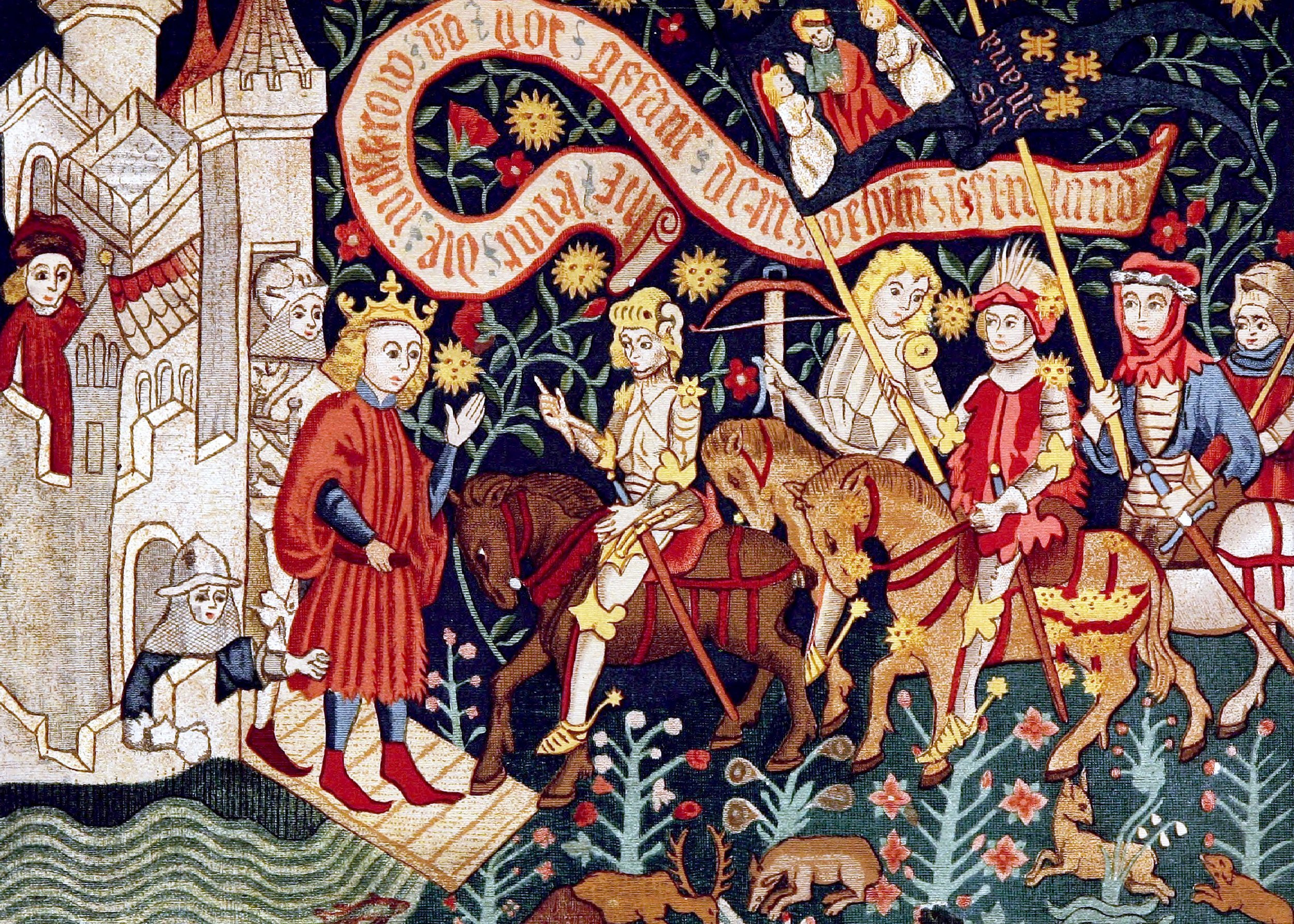
Joan of Arc
At the age of 13 she began hearing voices as well as visions of Saint Margaret, Saint Michael, and Saint Catherine. The saints told her to drive the British out of France. They also told Joan to take Charles the VII, the heir apparent to the French throne, to the city of Reims so that he could finally be crowned. At the time, according to French tradition, the coronation had to be in holy city of Reims. However, that was impossible because the holy city of Reims was in the hands of the British.
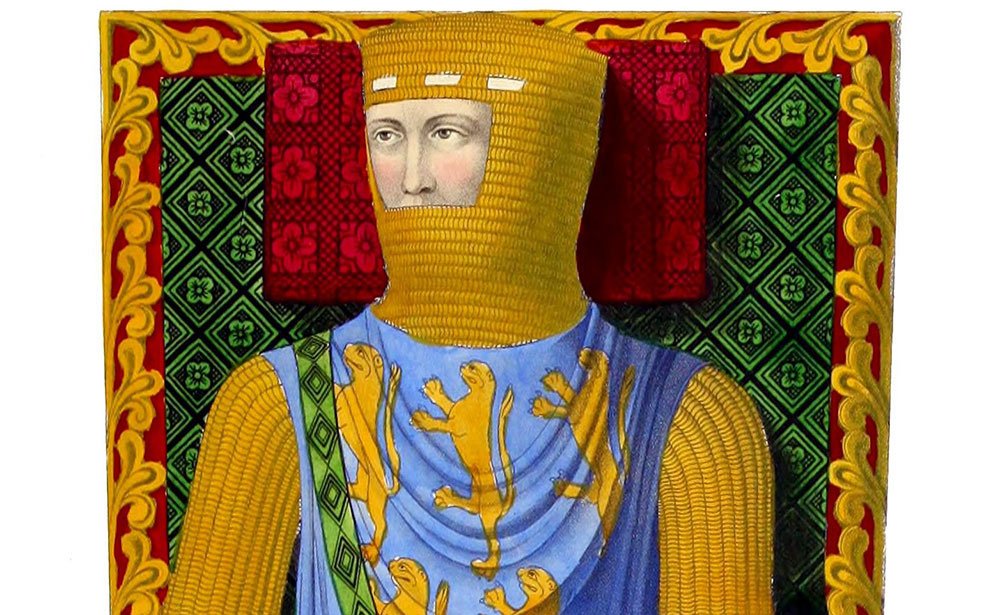
King Richard the Lion Hearted
Soon after his coronation Richard began preparing for the Third Crusade. His first action was to raise taxes so he could finance the expedition. Richard was an excellent leader and there was nothing he liked more than a good battle. In Sicily, Richard and his army joined forces with King Philip Augustus of France. Then a short time later, while on their way to the Holy Land, Richard conquered Cyprus which was very wealthy. Richard used the money to continue his crusade into the Holy Lands.
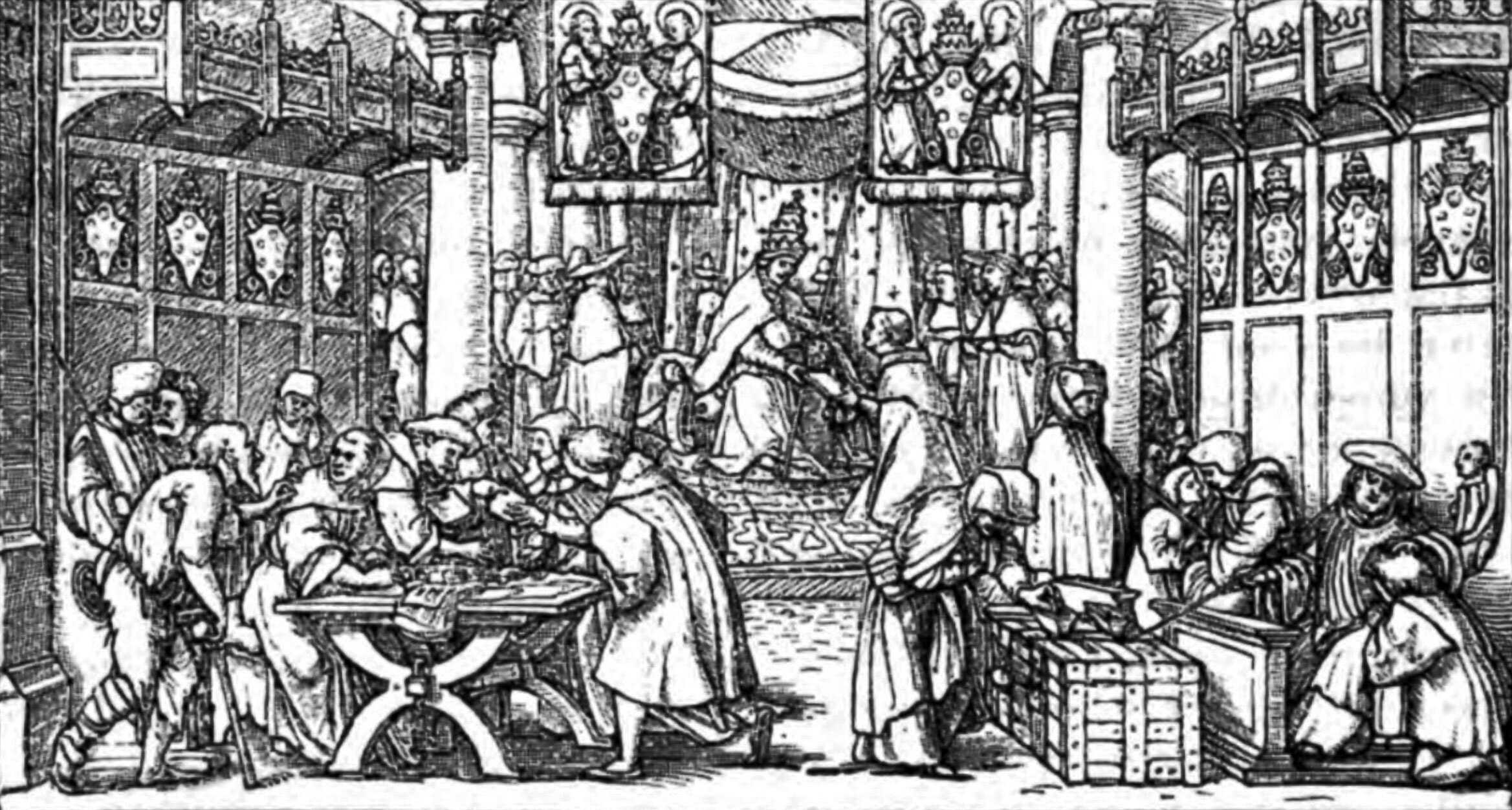
Lay Investiture
At the dawn of the High Middle Ages a papacy (pope) that was dedicated to reform emerged. At the time, only large landowners appointed their own priests, while dukes and kings selected bishops and abbots. The Catholic Church played an important role in the 10th and 11th century, but all important appointments to church positions were made by the lay(not priests or ministers) ruling class. Lay lords often sold church offices to unscrupulous people who recouped their purchase price by exploiting their people. The new reformers wanted a Christian commonwealth in which laymen no longer made church appointments. This revolutionary idea was supported by many nobles, however many of the churchmen opposed it.
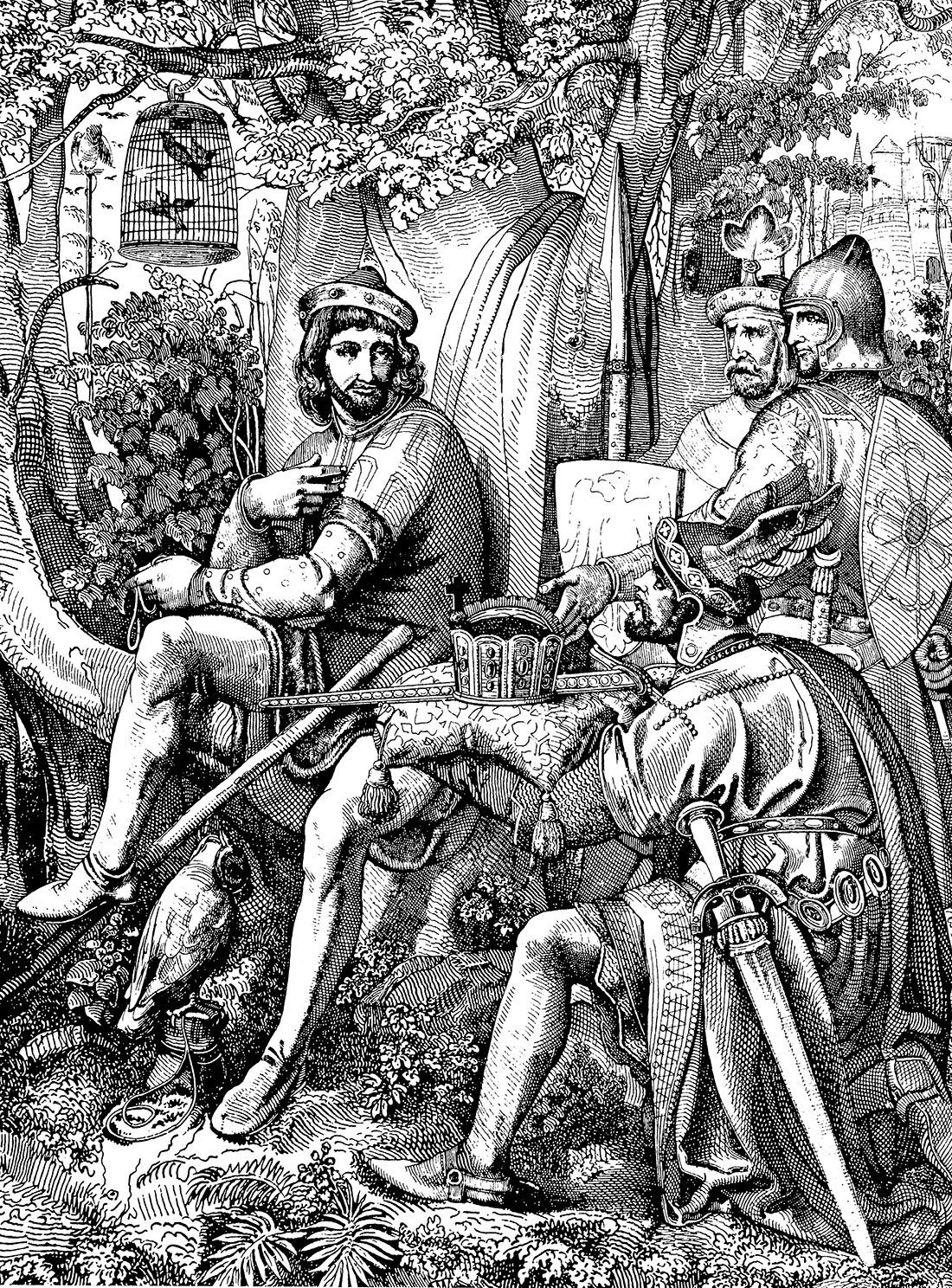
Magna Carta
Before the 12th century, there were no set laws. Rulers could basically do whatever they liked. If a person was found guilty there were usually just two choices, he was hanged if he were a commoner, or beheaded if he were an aristocrat. Slowly, this all began to change under Henry I(1100 to 1135). Henry leaped on the idea of expanding the royal justice system. Always in need of more funds, Henry instituted a court system based on heavy fines. By the end of his administration, the king's justice was being administered far and wide. His theory was, the more cases that were handled, the more revenue he received.
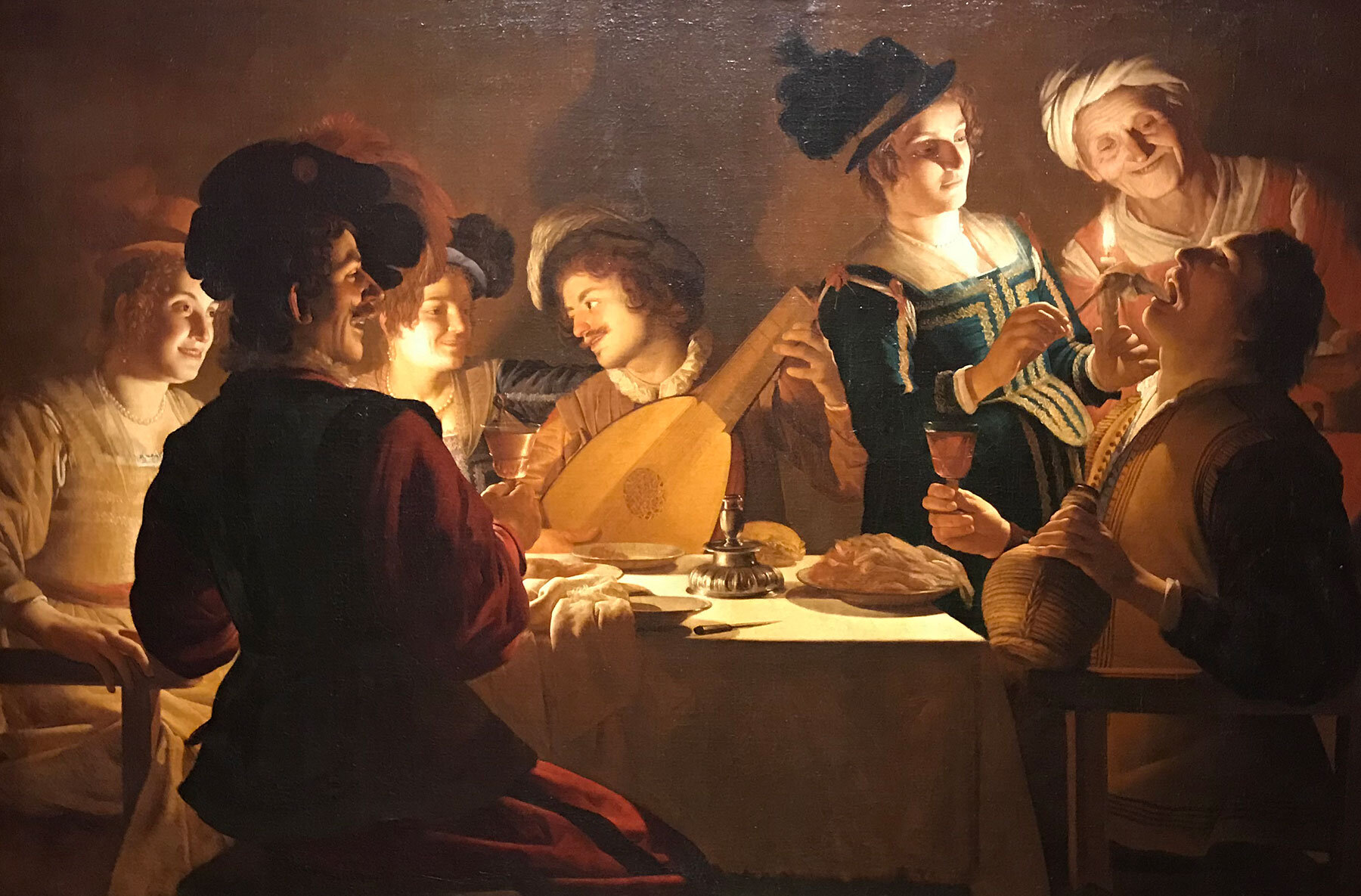
Medieval Entertainment
Knights practiced for war all of the time, and it was not much fun. Over time the concept of jousting tournaments developed. Tournaments provided the knights with the battle practice they needed while entertaining crowds at the same time. The first jousting tournaments featured large groups of knights who divided up onto sides according to where they lived.
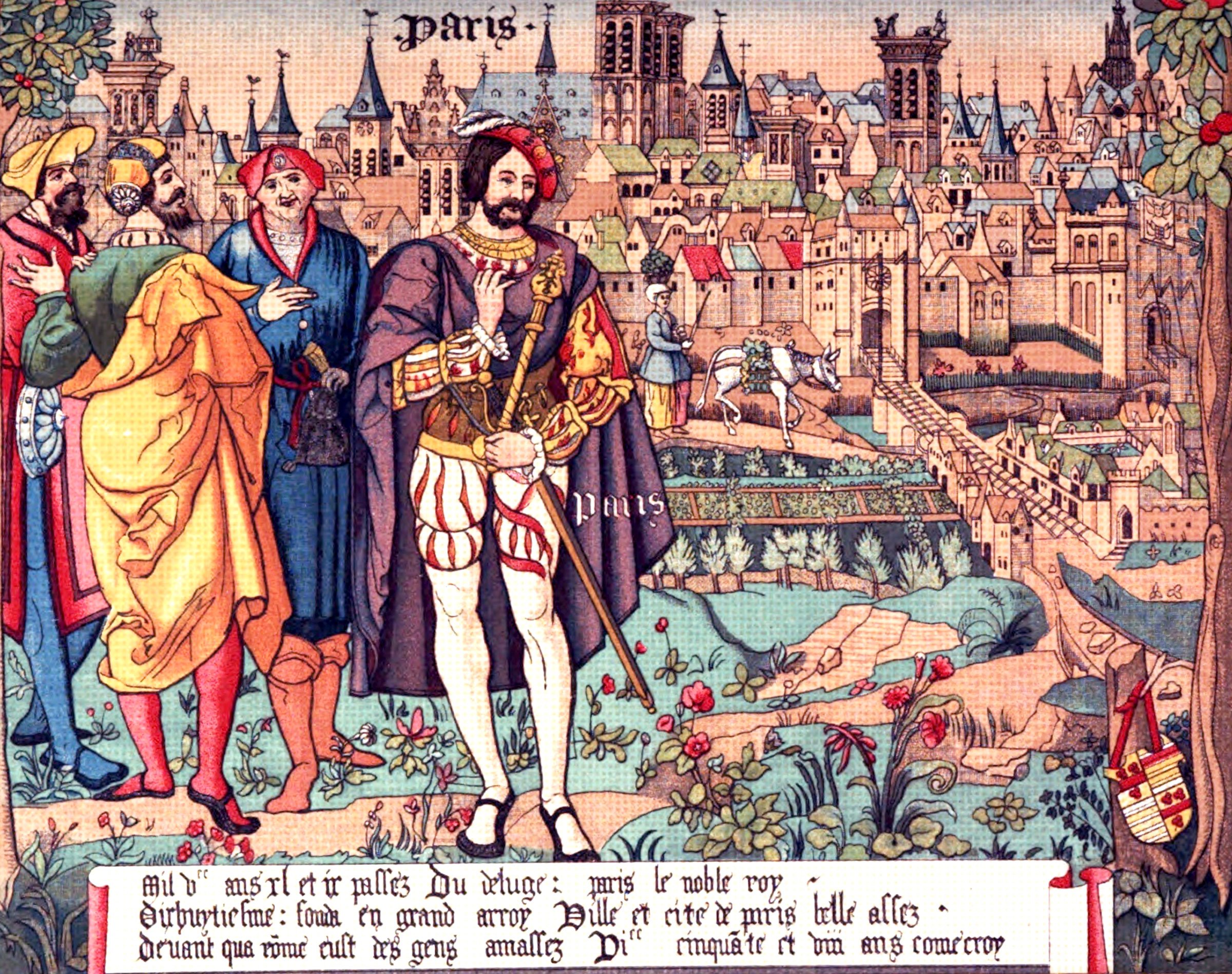
Medieval Towns and Cities
The aristocrats liked having the towns sprout up around their castles because they provided a ready supply of tax paying soldiers. It did not take long before many of lords started to recognize the profits in having a city. Cities made it possible for them to raise money through taxation. During the Middle Ages approximately 80% of the money raised by towns/cities was spent on militia, armaments, moats, and defensive walls. Before long, the populations grew and the towns built fortified walls, churches, and schools.
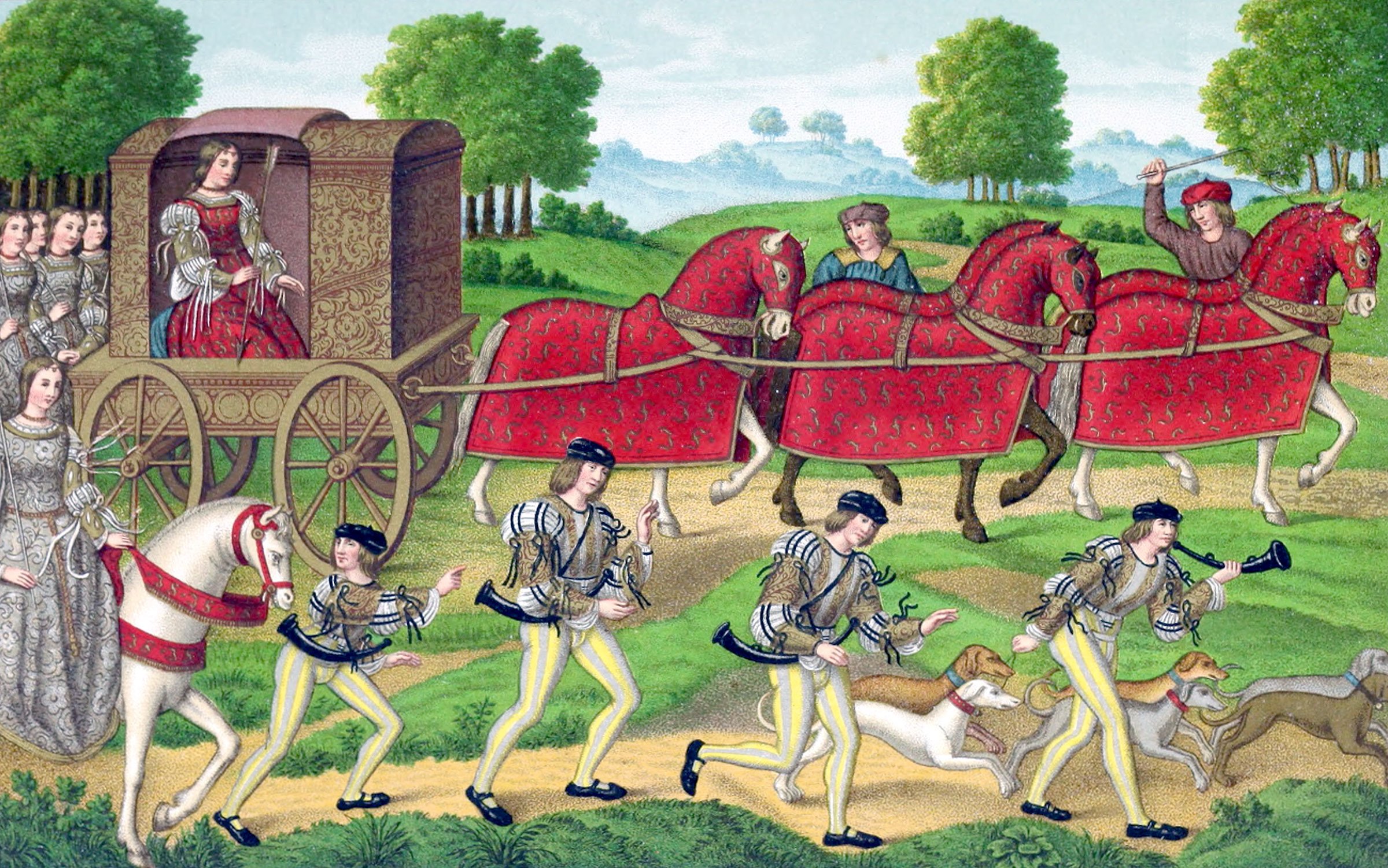
Nobility in the Middle Ages
Money was not the only way that one could attain the social status of a noble. Gallantry could also allow for upward social movement. Brave fighters were sometimes knighted and given large tracts of land for their bravery.
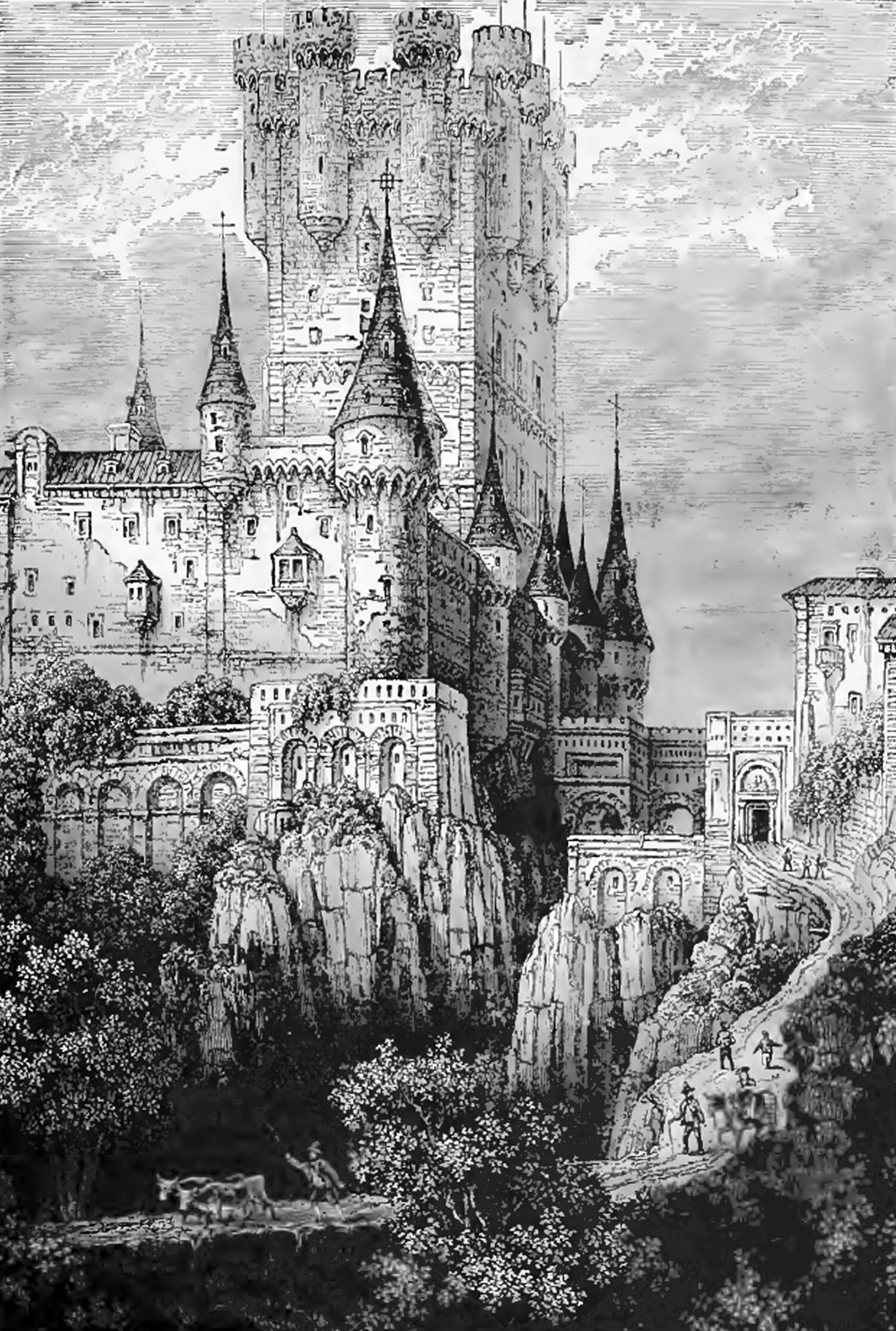
Reconquista- Reconquest of Spain
In 711AD, the Muslim governor of Tangiers, backed by a Berber army, crossed the Strait of Gibraltar and invaded Christian southern Iberian Peninsula(Spain and Portugal). The conquering of the Christians was fairly swift. By July of 711AD, they had already destroyed the ruling Visigoth army that was led by King Roderic. After defeating Roderic, the Muslim armies went on to capture Cordoba, and the Visigoth capital of Toledo. The next year Muslim armies captured Seville and Merida. Then by 720AD, the entire peninsula was under Muslim control and they were marching deep into southern France.
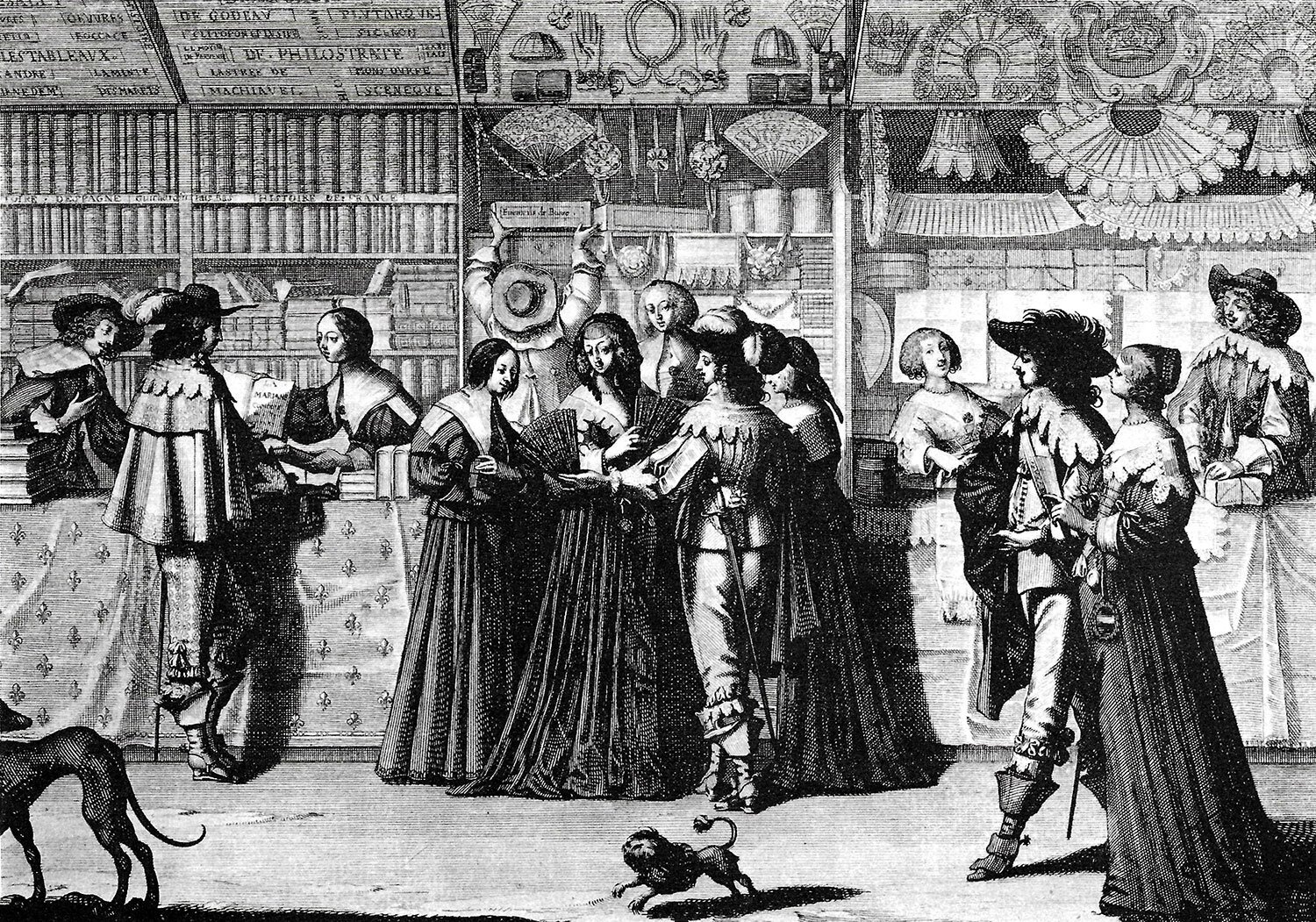
Trade in the Middle Ages
The 13th century saw the introduction of the compass from China, the astrolabe, and the quadrant. In addition, the stern post rudder was introduced at this time. The stern post rudder made it possible to construct large ships with wide sails.
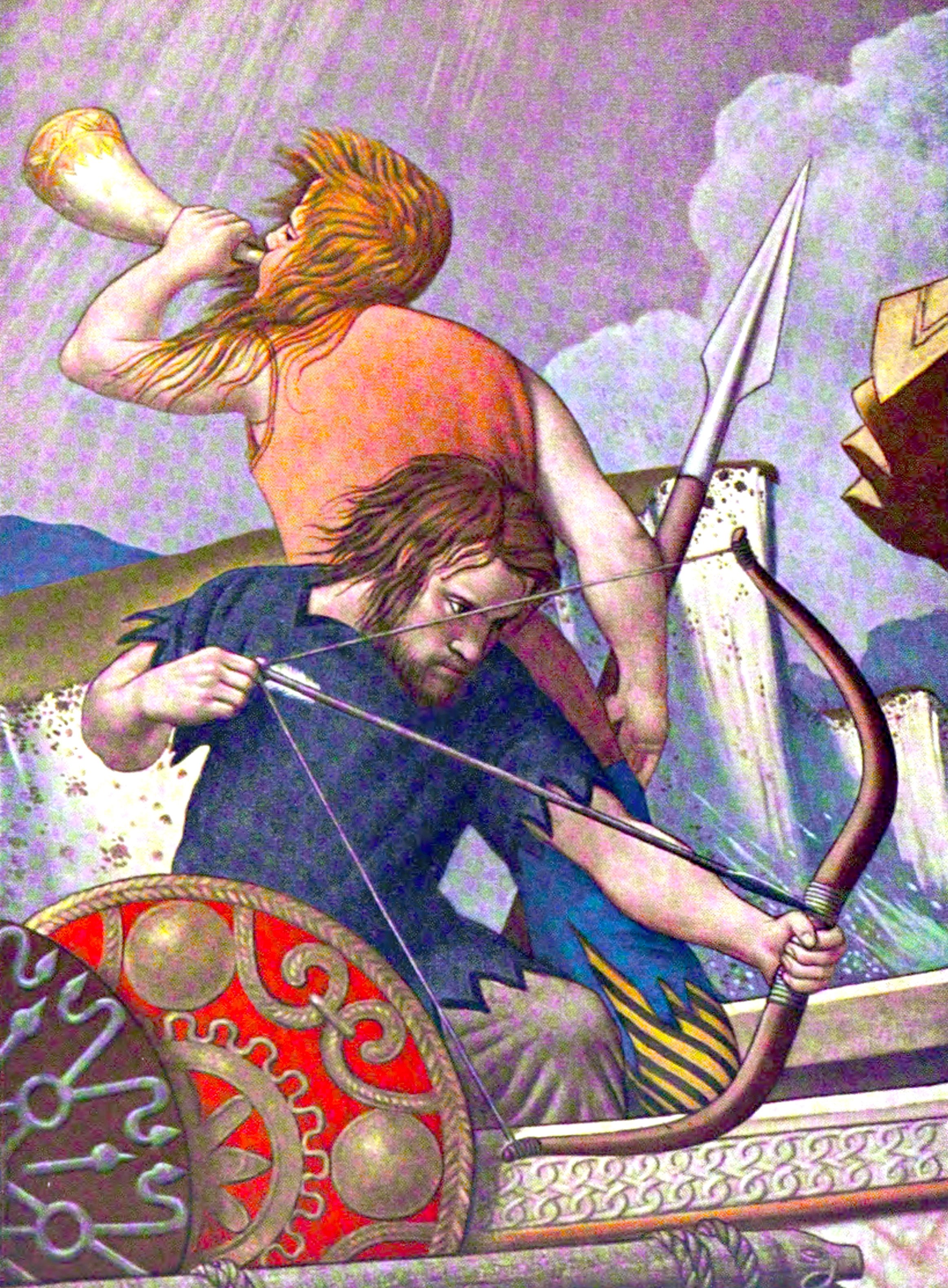
Viking Invasion
During the Middle Ages, Europe was continually threatened by marauding armies. Nomadic horsemen known as the Magyars invaded from the East, attacking both Italy and Germany. Then in 846 AD, Muslim Arabs crossed the Mediterranean Sea and invaded Italy, destroying the city of Rome. At this time , the most feared of the marauding armies were the Germanic Norman Vikings.
